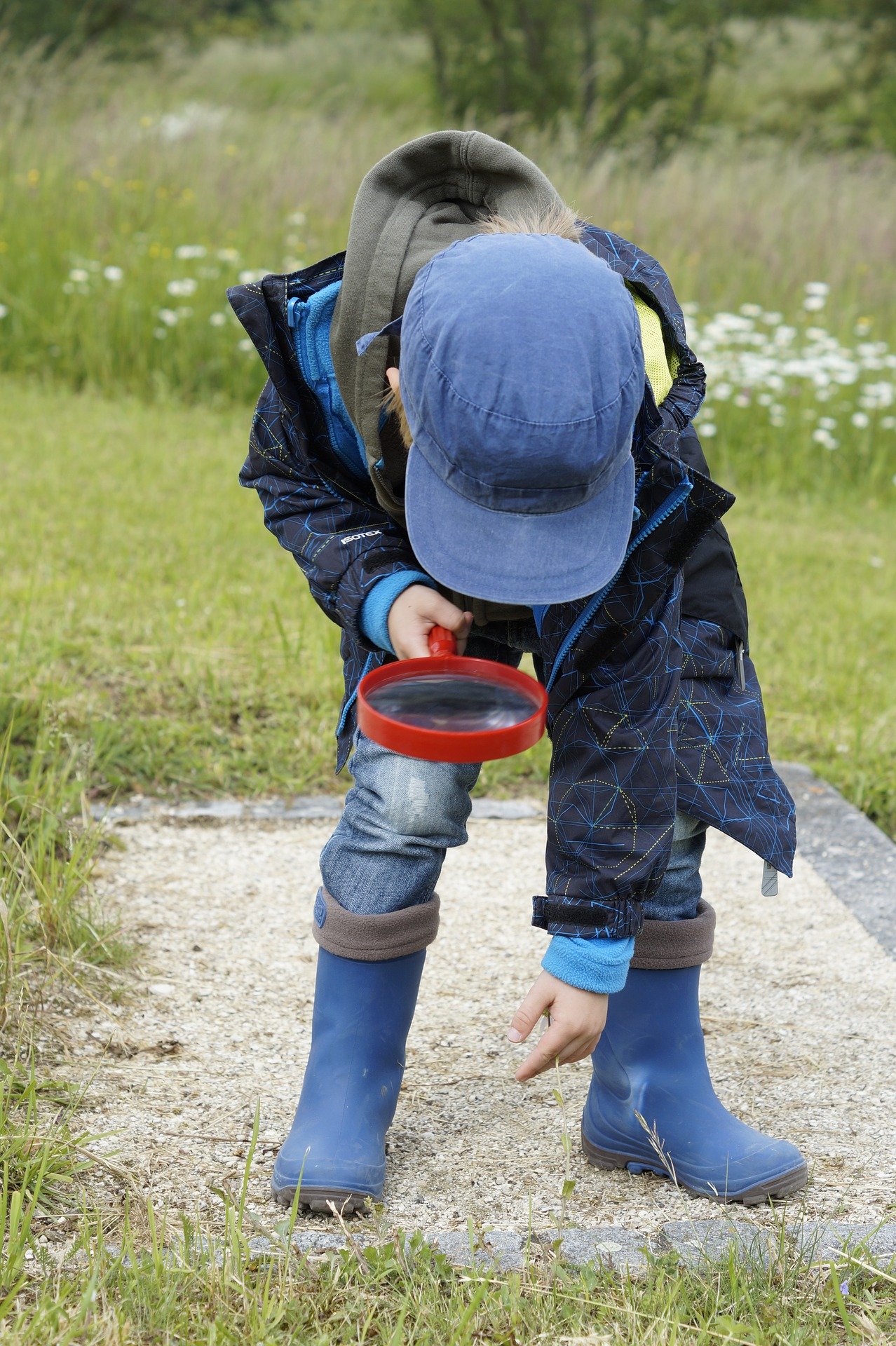
Sustained inquiry: student-centered investigations
Sustained inquiry is an essential element of project-based learning. We provide support for sustained inquiry through student-centered investigations to enhance voice, choice, and growth.
The Maine Department of Education encourages the use of learning journals or notebooks, analog or digital, to record responses to prompts and suggested activities. The form and format of your journal may take various forms and could include analog, digital, or any other form that is comfortable to you.
Before you get started, you may want to explore Inquiry-Based Instruction to learn about interdisciplinary instruction and inquiry.
- Develop Essential and Driving Questions
-
Essential questions provide the overarching goal of an investigation and are developed by teachers to reflect curriculum and learning goals. Driving questions are developed by students, perhaps with guidance by teachers, to provide a pathway for specific investigation related to the essential question. Follow this format to develop essential and guiding questions. PDF DOC
To learn more about different ways to develop questions, go to the following professional learning modules:
- Questioning: An Effective Teaching Practice
- Inquiry-Based Instruction
- Project-Based Learning Essentials
- Supporting Students in Questioning
Deeper Dive: 1 Direct Instruction and Writing from Sources
- Find Sources
-
Once questions are formed, knowing where to look is key. For beginning investigators, suggest some credible sources of information to avoid the standard Google search.
The Maine State Library has many resources and including the DigitalMaine Library. This is a good place to begin.
The History Channel has a collection of speeches worth reading and hearing.
National Geographic for Kids includes accessible information focusing on nature.
The Library of Congress has primary and other sources reflecting history, culture, and the world.
The Gale Databases are created to meet the needs of a variety of learners at appropriate development levels.
Smithsonian is another institution with a searchable database with abundant, accessible information.
Providing your students with a curated list of sites to explore BEFORE a general Google search will expand their knowledge and enhance curiosity.
Let's pause here to reflect in your learning journal or discuss with colleagues what is developmentally appropriate when supporting students to develop questions and find sources.
Deeper Dive: 2 Recognizing Bias and Collecting Evidence
- Collect Information
-
Ethical collection of information during an investigation is better with systemic note taking skills. Know when to paraphrase, to summarize, or to quote for better thinking, informed products, and responsible citation.
- Watch this video about Paraphrase, Summarize, and Quote to structure note taking instruction. (~ 8 minutes)
- Use this graphic organizer to support student learning
Deeper Dive: 3 Collecting Evidence From Sources and Writing Responses
- Collaborate
-
Speaking and listening are important to learning. Listening to learn and collaborate can be especially challenging. Learn about collaboration literacy development with strategies like collaborative annotation and productive talk. Click here.
Accountable talk relies on active listening. What listening activities do you practice in your classroom? How do you know students listen to you and to each other? Record your reflection in your learning journal.
Deeper dive into developing perspective COMING SOON!
- Present
-
Investigation should culminate with a product that represents what the student(s) has learned and provide a solution to a problem or a call to action. Every PBL investigation doesn’t have to result in a grand community event. An authentic learning experience that connects the student to the world beyond the classroom likely has a natural audience of experts or stakeholders who may have helped the investigation along the way. This is a natural audience.
To begin thinking about how to support students as they create public products, click here.
Return to the Interdisciplinary Instruction Professional Learning page.